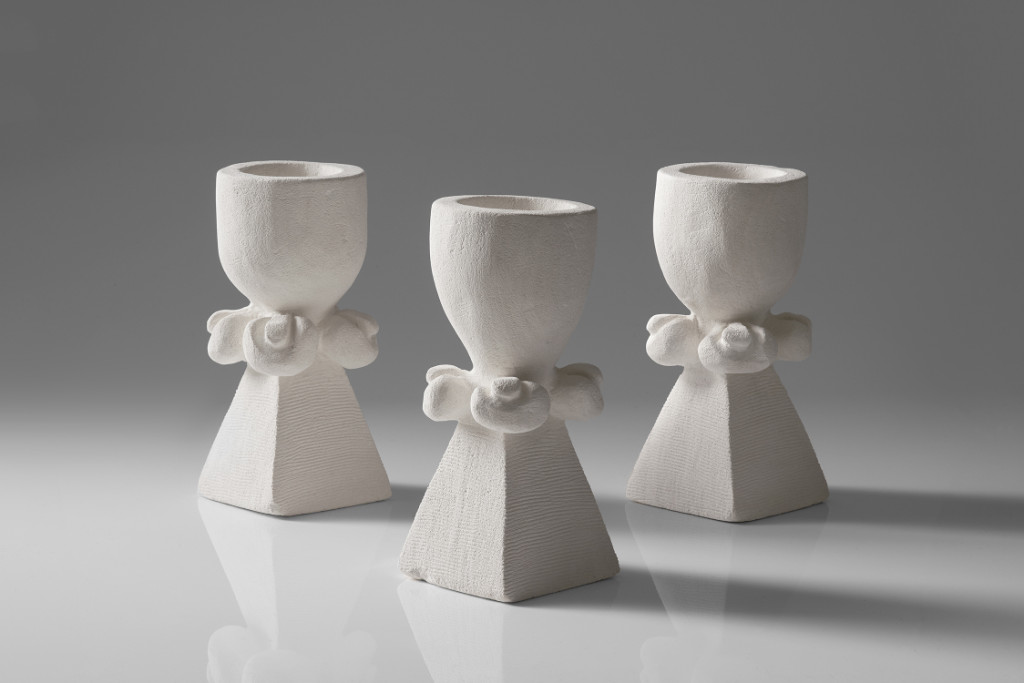
Noriko Nakamura is a Japanese born and Melbourne based artists. She completed a Fine Art Foundation Diploma at Saint Martins College of Arts and Design, University of the Arts London, before receiving a Bachelor of Fine Arts (Honours) from the Victorian College of the Arts in 2011. Nakamura experiments with the transformational potential of materials in order to explore the relationship that exists between humans and the material world. She has presented solo exhibitions at Platform Contemporary Art Spaces, Melbourne; Rearview; and Seventh Gallery. Her work has also been exhibited at ICU, Castlemaine, Victoria; Murray White Room, Melbourne; National Gallery of Victoria Studio, Melbourne; and TCB art inc. She has received Australian Council ArtStart grant in 2012, Substation art prize and Maude Glover Fleay Award.
Noriko Nakamura Artist Statement
Animism is the belief that the boundary between the physical and spiritual is not absolute, but can be transgressed. According to this idea a spiritual force resides in all things; animals, objects, even landscapes. My practice is informed by these ideas and explores the transformation of materials in order to show this life-force.
My work makes use of kiln firing and organic elements such as stones and clay to make installations and sculpture that draw on alchemy and ritualistic practices. In my exhibition ‘Stone Soup’ I presented rocks that had been melted in a kiln alongside rocks that have been crushed as a way of showing the different possible states of the material.
I seek to show how materials change in an effort to temporarily transgress boundaries thatare set up by systems of categorisation and classification. My larger aim is to play with the boundaries that give rise to “common sense” categorizations .My work is very process driven and brings together ideas of ritual and transformation with the physical results of that process.